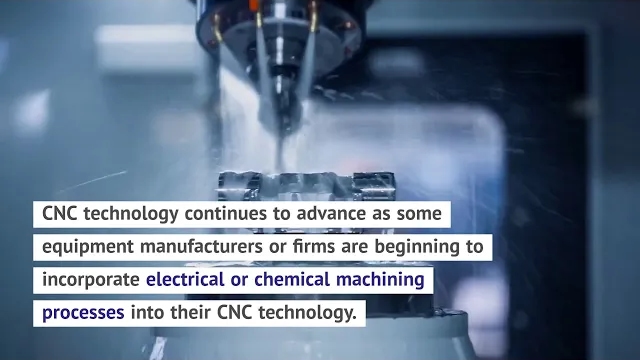CNC machining is a subtractive process that uses precision cutting and shaping tools to sculpt workpieces into preprogramed end products. Because CNC machinery is driven almost entirely by computerized processes, it can design objects to tight tolerances at high production speeds. This means that facilities that use CNC machining can accurately produce highly complex metal, plastic, and organic or en parts at affordable prices.
Although CNC machining’s repeatability means that it can complete large-volume production runs, many manufacturers also use it for parts prototyping. Designers can create several product blueprints and variations using CAD software, which machines can then build so that each prototype can be compared. If the manufacturer finds an issue in the prototype, they can easily correct it in the CAD software and design a new prototype without having to completely overhaul the production process.
For these reasons, an increasing amount of manufacturers are turning to CNC machining as an effective way to build prototypes.
Types of CNC Machining
CNC technology can work with many different types of machines and processes. Some of the most widely used and common CNC processes include:
- Lathes: CNC lathes rotate the workpiece against stationary drills or lateral stationary cutting tools, which progressively remove material from the workpiece to shape it into the desired finished geometry.
- Milling Machines: CNC milling machines use rotary cutting tools mounted on multiple axes to remove or drill and mill material from the workpiece to sculpt and shape raw material into the desired finished geometry.
CNC technology continues to advance as some equipment manufacturers or firms are beginning to incorporate electrical or chemical machining processes into their CNC technology. These processes allow machines to achieve higher degrees of accuracy on certain metal or polymer substrates, which makes it possible to perform unique cutting, etching or lasering operations.
Other types of CNC cutting that benefit from new technological developments include:
- Laser cutting
- Oxy-fuel cutting
- Plasma cutting
- Water-jet cutting
- Chemical cutting
Advantages of CNC Prototyping
CNC prototyping brings several advantages over other prototyping methods, including:
- Versatility: CNC machinery can work with a diverse array of materials, including many types of foam, metals, plastics, polymers, organic materials, etc. CNC technology can also apply a wide range of manufacturing techniques on a single workpiece, which means that this technique can incorporate many production and customization capabilities not possible using manual methods.
- Precision and accuracy: CNC machines can build parts to tight tolerances by working directly from 3D CAD models, which ensures consistent quality across all machined components.
- Economical: Because of the range of possible materials that CNC machinery can work with, along with the reduced labor costs associated with using automated processes, CNC-machined prototypes tend to cost less than those made using other methods.
- Rapid turnaround times: CNC-machined prototypes can be delivered as quickly as one week after the initial order. Depending on the size and complexity of the part, some firms can even expedite delivery to two to five business days.
CNC Prototyping by FZE Manufacturing
FZE is ISO 9001:2015 Certified, practices Lean Manufacturing, has a modern facility with modern equipment and draws from four+ decades of skilled experience as a full-service manufacturing solutions provider to create high-quality CNC prototypes as well as small-to-large volume orders.
If you would like to learn more about how our flexible prototyping services can fit into your next project, request a quote today.

